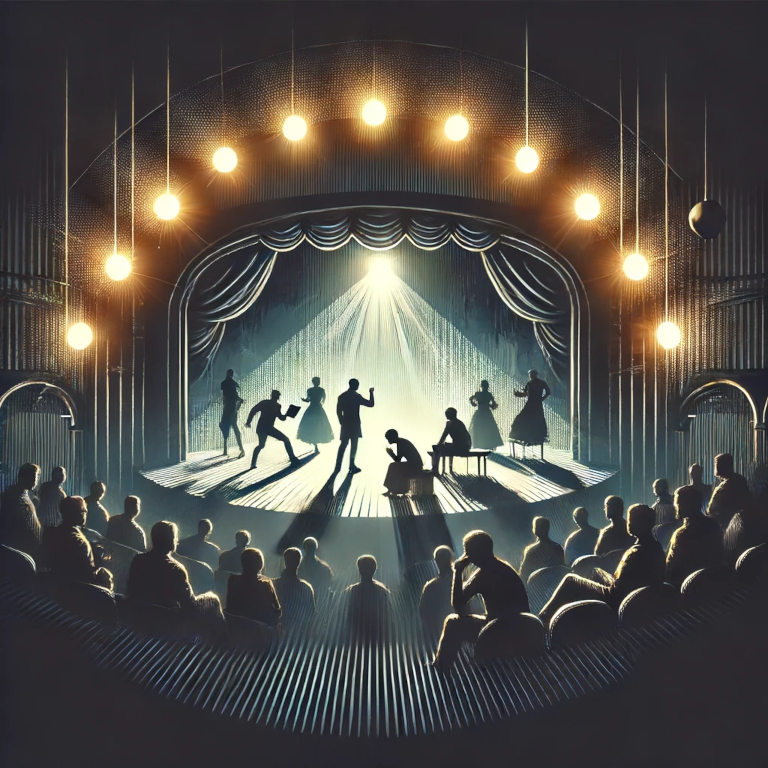Immersive theater represents a unique blend of art and audience interaction, redefining traditional theatrical experiences. This innovative genre invites audiences not just to watch but to become part of the narrative, often blurring the lines between performers and spectators. As we delve into the intricacies of immersive theater, we’ll explore its origins, key characteristics, and why it has become a pivotal aspect of contemporary entertainment.
Origins and Evolution
The roots of immersive theater trace back to earlier forms of participatory art, but it gained significant prominence in the early 21st century. Pioneers like Punchdrunk and their seminal piece, “Sleep No More,” have pushed boundaries by transforming entire buildings into multi-story stages where the narrative unfolds in a non-linear fashion. This approach has sparked a global movement, inspiring countless productions that offer a personalized experience through physical and emotional engagement.
Key Characteristics of Immersive Theater
- Site-Specific Locations: Unlike conventional theaters, immersive productions often occur in unusual environments — abandoned warehouses, historic homes, or even city streets. These settings enhance the narrative’s authenticity and impact.
- Audience Interaction: Participants in immersive theater are more than passive observers. They interact with the set, choose pathways, and sometimes even influence the outcome of the story.
- Multisensory Experience: Immersive theater engages all senses, incorporating elements like choreography, intricate soundscapes, and even scent to create a fully engaging experience.
- Emotional Engagement: The immersive format aims to evoke deeper emotional responses from the audience, making the experience personal and memorable.
- Fragmented Narrative: The story in an immersive theater is not always linear. Audience members might experience different parts of the story based on their choices and interactions, which encourages multiple visits.
The Impact of Immersive Theater
Immersive theater has not only expanded the boundaries of theatrical performance but also influenced other forms of media. Elements of immersion are increasingly seen in virtual reality experiences, interactive gaming, and even cinema. This crossover appeal demonstrates immersive theater’s significant impact on the broader landscape of entertainment, highlighting its ability to adapt and integrate with various technological advancements.
Challenges and Considerations
While immersive theater offers exciting possibilities, it also presents unique challenges. Audience safety, narrative coherence, and the logistics of space management must be carefully balanced to ensure the success of a production. Moreover, creators must continually innovate to maintain audience interest and stay ahead in a rapidly evolving genre.
Immersive theater offers a dynamic and engaging new way for audiences to experience stories. It challenges traditional norms of passive viewership, making each performance a unique encounter. As this genre continues to evolve, it promises to keep pushing the limits of what theater can be, offering deeper, more engaging ways to experience art and entertainment.
This exploration of immersive theater underscores its revolutionary role in modern entertainment, providing a fresh perspective on how we interact with and understand theatrical performance.






